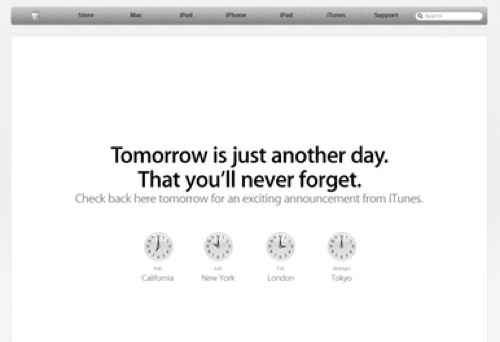In recent years, streaming music services have shown that there is a market for personalized radio and on-demand subscription based services, listening via PCs and laptops and particularly via smartphones. Now these companies are turning their attention to the car and are seeking ways to offer their services to motorists, moving into territory the traditional radio stations have held sacred for decades.
“FM broadcasting still dominates in-car listening today, but it is likely that this will gradually diminish in favor of streamed radio and music services as an increasing number of cars become connected,” says Gareth Owen, principal analyst at ABI Research (http://www.abiresearch.com). “This trend is already happening in some markets such as the United States. “It is now clear that digital radio via DAB/DAB+ and HD Radio is unlikely to ever become as widespread as FM on a global or even regional basis, and so car OEMs will need to include FM receivers in their infotainment products for many years to come.”
ABI Research forecasts that the global shipments of streaming music enabled automotive infotainment systems will exceed 66 million by the end of 2019 which represents around 93% of all connected car infotainment shipments. Nevertheless, streaming services still face a number of significant challenges if they are to ever turn a profit.
In the automotive sector, the biggest challenge is that of platform fragmentation. There are many different solutions available from car OEMs [original equipment manufacturers] and Tier-1 suppliers which means that today streaming music providers need to make their apps compatible with a dozen or so different in-car infotainment platforms. A key advantage of streaming music services is that they can offer targeted advertising services for which advertisers will pay a premium fee.
“Some players such as Harman’s Aha Radio are already testing location-based advertising and Pandora recently started to run 15 and 30 second car-specific audio ads across all vehicle brands and automotive devices which have the Pandora app pre-installed,” adds Owen. “This means that advertisers can run car-specific campaigns, targeting listeners who are typically the most engaged with what is being broadcast.”


